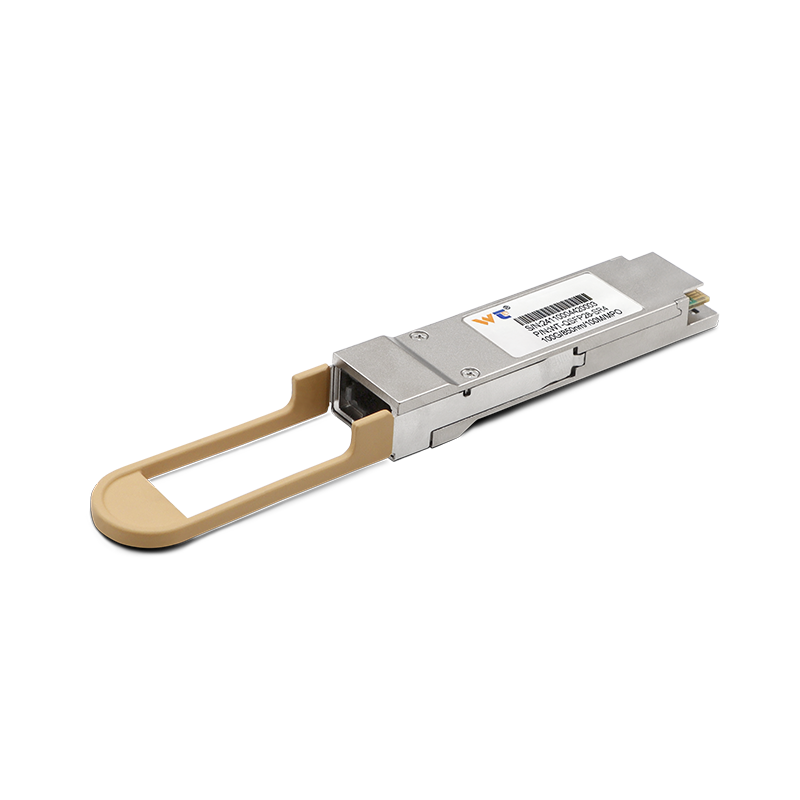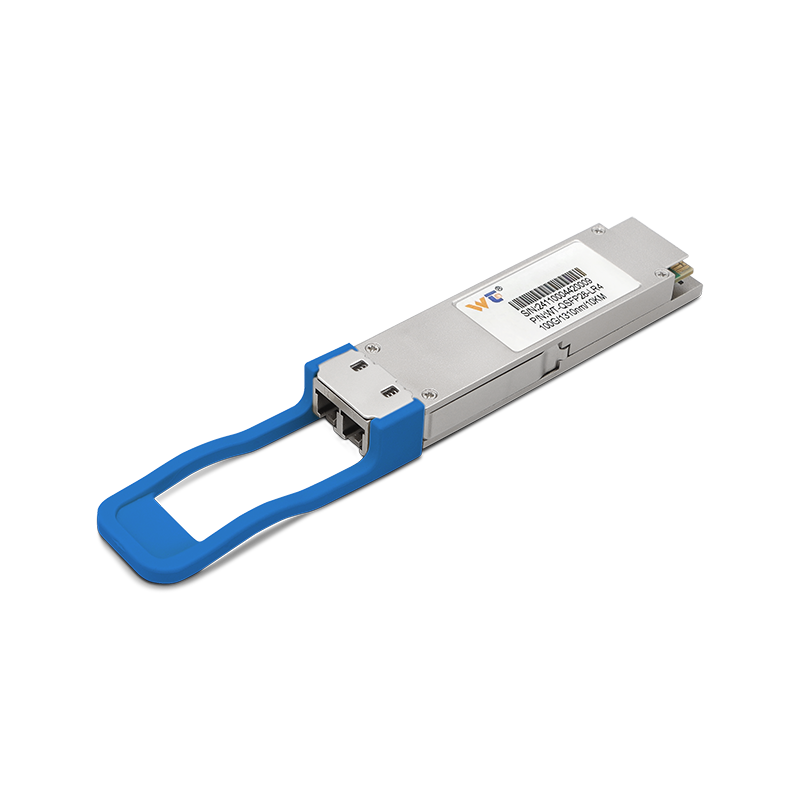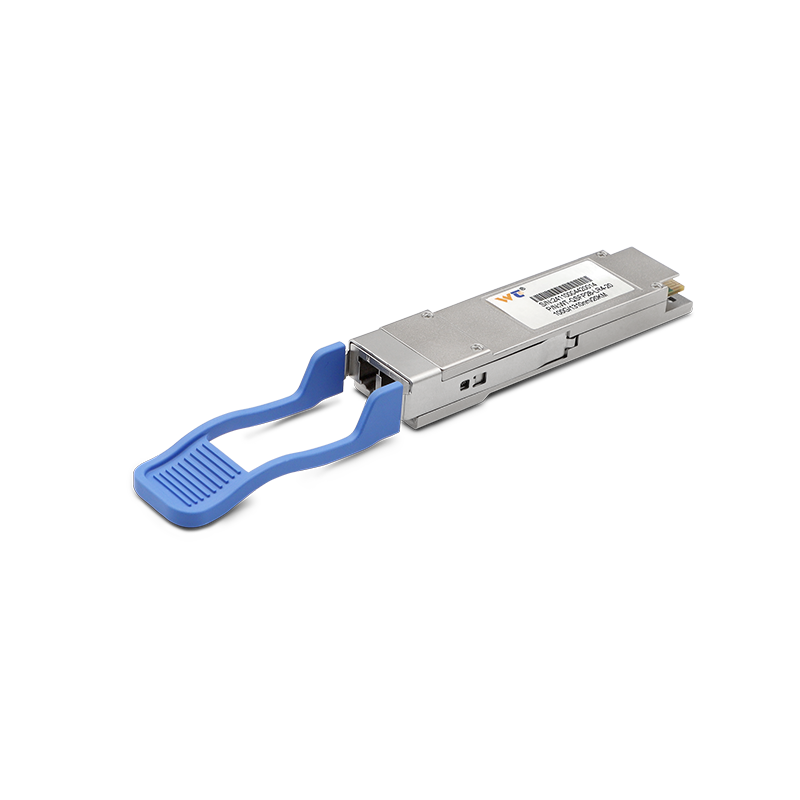In our rapidly evolving corporate world, one issue that seems to linger and disrupt our workflow is network lag. This isn’t just a minor nuisance; it can substantially impact how teams collaborate and how efficiently tasks are completed. As someone who’s spent a fair amount of time grappling with technology and its quirks, I'm here to share some down-to-earth solutions for tackling these pesky latency problems head-on. To effectively troubleshoot network lag, it’s crucial to grasp your network’s inner workings. Whether you’re an experienced IT veteran or just stepping into the field, this guide will offer you practical insights and strategies to elevate your corporate network performance. Let’s jump into the fascinating realm of network troubleshooting and equip ourselves with the tools to handle lag like pros!
First off, we must recognize the factors that can create this lag. Network lag basically describes the delay between what you do and how quickly the network responds—think of it as the time it takes for your message to show up in a chat. Several culprits can be behind this, such as bandwidth limitations, outdated hardware, user errors in configurations, or even external interference from other devices. By pinpointing these components, we lay the groundwork for building our troubleshooting toolkit. A great starting point is to conduct a comprehensive network assessment. Keep an eye on bandwidth usage to spot potential bottlenecks, check your hardware for anything ancient, and double-check configurations for any mistakes. By methodically tackling each possible issue, you can significantly reduce the lag impacting your colleagues’ experience.
When it comes to troubleshooting network lag, having a structured game plan is key. Start by determining your baseline metrics—what does normal latency look like for you, especially during busy hours? Useful tools like Ping and Traceroute can help you evaluate both the quality of your connection and the integrity of your data pathways. Next up, it’s time to collect performance data from your network devices. Look into CPU and memory usage—any weird spikes could be signs that something's awry. Third, delve into the Quality of Service (QoS) settings; ensuring that your crucial applications get their fair share of bandwidth can work wonders. Keeping your network topology up-to-date is also essential to help prevent lag from sneaking back into the picture. Armed with these strategies, you’ll be ready to identify and tackle lag sources within your corporate network.
Understanding critical concepts like latency, bandwidth, and packet loss is also vital. Latency is simply the time it takes for data to travel from sender to receiver, measured in milliseconds. Bandwidth, on the other hand, represents the maximum data transfer capacity over a network—often voiced in Mbps or Gbps. Finally, packet loss refers to instances when data packets fail to reach their destination—this can critically compromise your network’s performance. Grasping these essential terms not only builds your confidence but also improves communication among your team members, making the troubleshooting process smoother and more efficient.
So, how do you go about addressing these lag issues? Here’s a handy step-by-step guide to help steer you in the right direction:
Measure Baseline Performance:
- Use tools like NetFlow to dissect traffic trends.
- What's the normal operating rhythm?
Check Network Configuration:
- Audit your router and switch setups for oddities.
- Confirm that firewalls aren’t choking the performance.
Monitor Traffic Flow:
- Employ packet-sniffing tools to uncover where congestion hides.
- Identify any non-critical traffic that can be deprioritized for improved efficiency.
Evaluate Hardware Performance:
- Look over your network hardware for signs of sluggishness.
- Time to replace that dinosaur of a switch that's been holding everyone back.
Implement QoS:
- Make sure critical applications get priority, this could be a game changer.
- Allocate bandwidth wisely to departments that need it most.
If you continue facing stubborn lag issues, it may be worth considering advanced solutions like SD-WAN for optimal management. As cloud applications grow more common, leveraging network function virtualization (NFV) may enhance application performance down the road. Additionally, think about using AI-driven analytics—these can help predict lag problems before they derail your operations.
So, could your existing tools be part of the lag problem?
By identifying and addressing the root causes of network lag, we can create an agile and productive digital environment that boosts morale and productivity. A common inquiry I often hear is, "Which tools should I be focusing on to troubleshoot network lag?" Start with well-known tools like Wireshark for packet inspection, SolarWinds for thorough network monitoring, and PRTG for an insightful bandwidth analysis. Each of these tools has its unique strengths, so utilizing them can help you identify those tricky lag sources efficiently.
Finally, don’t forget: practice makes perfect! Engage in network simulations to get the hang of troubleshooting protocols. Create a safe space where you can play around with different configurations without the fear of disrupting live systems. Encourage your team to participate in troubleshooting drills, strengthening their grasp of network mechanics in the process. Treat each challenge as an opportunity for growth and learning.
In the end, mastering the art of troubleshooting network lag is a blend of foundational knowledge and practical methods, all wrapped up in continuous teamwork. By familiarizing ourselves with key concepts like latency, bandwidth, and packet loss, while implementing structured investigative techniques, we can address these pesky issues efficiently. Embracing new technologies can further amplify our network's performance. And never underestimate the power of practice and ongoing team development—each positive outcome not only diminishes lag but bolsters your team's skills and confidence, paving the way for a dynamic and resilient network in the corporate space.






